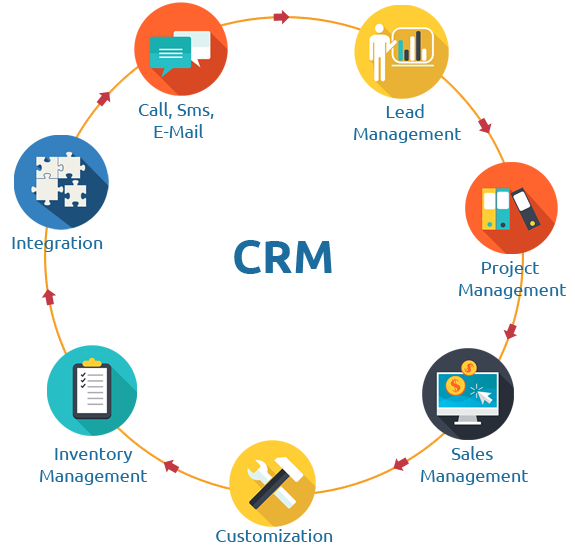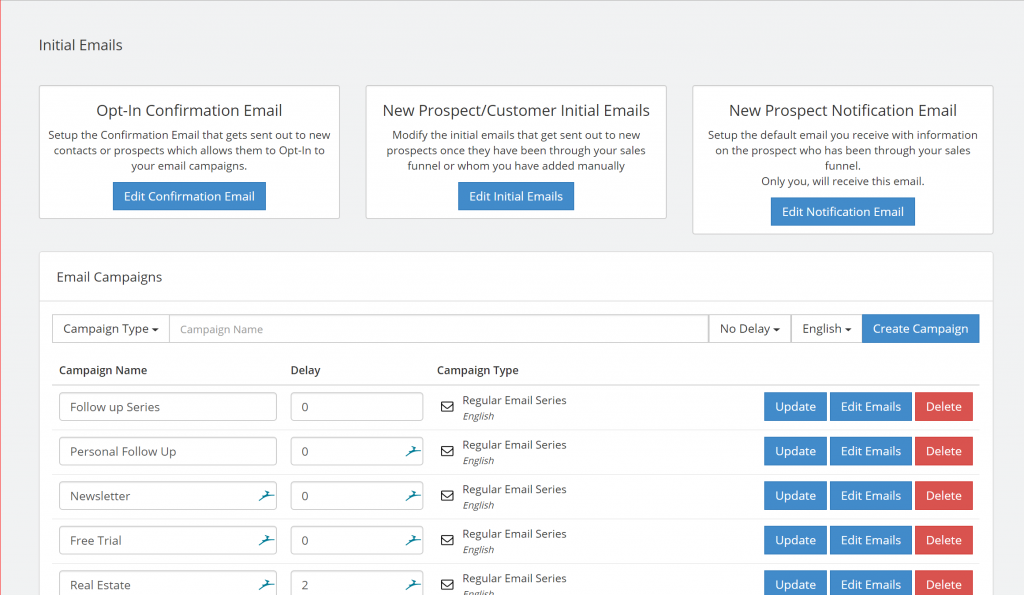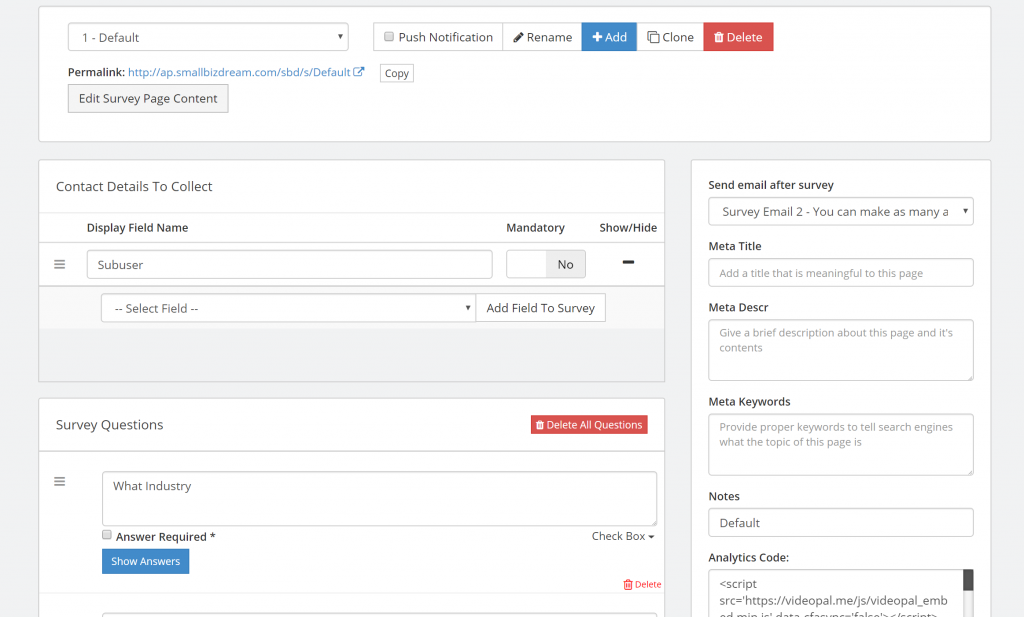Many small businesses think twice about getting into a joint venture. They think it’s hard, complicated, and risky. But the truth is joint ventures are some of the easiest and cost-effective ways to rapidly grow almost any kind of business. In this article, we’ll show you how to create your first joint ventures using Small Business Dream in just 30 minutes or less.
Most Small Businesses Don’t Understand Joint Ventures
Most people think of joint ventures as being locked into a room with their lawyers and business partners, long drawn out meetings, and doing a ton of paperwork. They’re often mixed up with things like mergers and joint-ownership (though technically a partnership, joint ventures have a different set of rules and are much easier to implement).
According to some surveys, less than 5% of all business owners know how to joint venture while the vast majority of small businesses didn’t even know it exists. They didn’t quite understand how it works or why they should be doing it. Some of the common misconceptions are that joint ventures are only good for big businesses and that they cost a lot of money.
How Joint Ventures Work
We’ve asked several small business owners and one of the reasons they don’t do joint ventures is they want their business all to themselves (“be their own boss”). While not necessarily a bad thing, it might not be the fastest, most efficient way to grow your business, especially on a low budget.
In fact, the reason why many small businesses fail is they rely too much on their own limited resources when they could have easily partnered up with other businesses whom they can benefit from and vice versa.
To illustrate, let’s say you’re running a small flower shop business and you need to have more exposure. You can strike a deal with complementary businesses like event planners (preferably businesses with a sizeable customer base) to promote your business instead of spending a ton of money on ads. They get their cut in exchange for new clients, and you become more popular as being part of their service.
This is known as the “piggyback” effect and it applies to almost any kind of business. You see, you don’t need to acquire a huge list on your own if a complementary business somewhere within your city already has it. Notice we said “complementary.” You’re not competing with the same type of businesses but you’re trying to establish a mutually beneficial relationship. One of our Small Business Dream clients is a doctor who is a manufacturer and supplier of weighted blankets. Using our system, she was able to partner up with other businesses that deal with anxiety problems (e.g. psychologists and sleep specialists).
The reverse can also be true. You don’t have the product or service but you have a fairly large network and you can easily take your cut through customer referrals and commissions. This type of joint venture is popular among direct sales and multi-level marketing (MLM) companies. In fact, we’re going to show you how to use this method in our Small Business Dream Joint Venture module later in this article.
The challenge comes from finding your ideal business partners. You can try your luck on Google or the Yellow Pages, but this approach can take forever. We came up with a very neat solution that eliminates a lot of guesswork using a combination of highly targeted marketing strategy and sales and marketing automation.
If you want to learn more about this hybrid approach, you can read our blog article on how we help our clients build successful six-figure businesses using LinkedIn or you can download a free copy of our book, LinkedIn 5-step System: Generate 10 fresh qualified leads in 10 minutes for your small business.
The Small Business Dream Joint Venture Module
We’ve made joint ventures a lot easier for small businesses by incorporating our Joint Venture module into our Small Business Dream sales and marketing automation app. This goes hand in hand with our free Smallbizdream business directory app available on Apple Store and Google Play.
Basically what this JV module does is it allows you to create deals and referral programs through your Small Business Dream sales and marketing back office. App users will then be able to view your JV on the Smallbizdream business directory app and choose to join by tapping on it. (Note: app users need to have your code, i.e. your Small Business Dream username, to use the business directory app.)
Their names along with their contact information will show up in your Small Business Dream sales and marketing automation back office where you have the option to accept or reject their request. The good thing with this Joint Venture module is that you control everything – availability, joint venture name, description, terms and conditions, mode of payment, commission payout, and the start and end date.
This video shows you how to setup your business in the Smallbizdream business directory app through your Small Business Dream back office and how to create your joint venture in much greater detail.
Our tracking system allows you to manage all your JV partners so you know exactly who gets what and you can pay them in cash or in-store credit (Loyalty Credits). You can also choose between business-to-customer (B2C) and business-to-business (B2B), so you can either have a customer, business partner, or both in the business finder app.
To get the most from the Joint Venture module, you may offer in-store credit for every customer who refers your business to their friends and have them download and install the free Smallbizdream business directory using the code you’ve provided them. Or, if you’re into direct sales and other similar type of businesses, you can use the Joint Venture module as an automated tracking system for your distributors.
You get all of these along with our amazing sales and marketing automation tools, including push notifications, in one complete package with Small Business Dream. It comes in two versions: do-it-yourself (DIY) and done-for-you (DFY) where we take care of everything.
So, Have You Decided to Do A Joint Venture?
If this article has been an eye-opener for you, don’t hesitate to seek help on how to make successful joint ventures for your small business. We’d like to spend a moment with you through our FREE 45-minute business consultation where we help identify ways to increase your sales whether it’s through LinkedIn, Facebook, Twitter, email series, sales funnels, landing pages, business directories – every possible way you can think of. Visit us at Smallbizdream.com and take a closer look at our 5-step Rapid Sales Growth Blueprint.
Want to stay on the move? Get our SBD Sales and Marketing Automation App for your mobile and keep tabs on your business everywhere you go.







